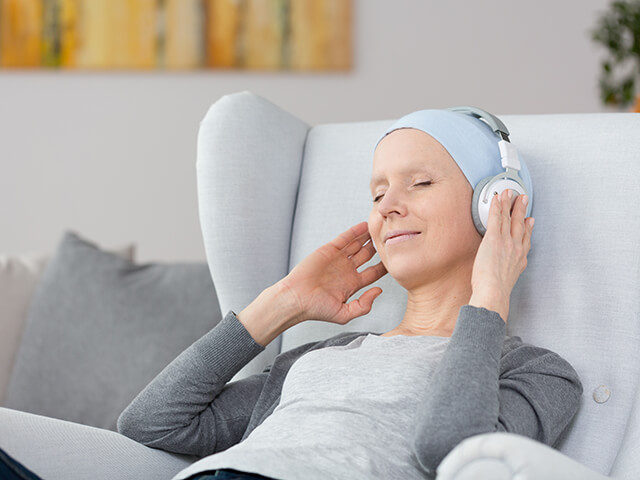Hospitals affect all of your senses. When it comes to healthcare interior design, hospitals want to make sure the sensory perceptions that patients and guests experience are as positive as possible. It is not enough for the hospital staff to know their lobbies, reception areas, and patient rooms are clean. Sparkling countertops, floors and uncompromised furniture surfaces assure everyone the areas are welcoming and clean and create a wellness environment.
Sight
What you see leaves a lasting impression. This is just as true with patient room design as it is with anything else. Visual arts play an important role in a hospital’s holistic approach to wellness. Colors used on the walls and in the fabrics on furniture in a patient’s room can reduce stress, increase appetite and produce a positive distraction for both patients and staff. Art, in the form of painting or pictures typically produce positive responses, with images of nature receiving the highest approval ratings.

Sound
There are no clinical trials to prove it but many believe sound or the lack thereof can be healing. People relax and meditate to soothing sounds and have done so for decades. The use of sound relaxation therapy has evolved into a belief that sound has healing properties. There is no getting around the sounds of the medical equipment in hospitals, but healthcare architects are building quieter rooms and designing built-in audio speakers and headphones for soothing sounds. There are studies that show music reduces stress during medical testing and can even lower blood pressure.

Smell and Taste
Yes, the food delivered to patients should meet their dietary needs. Fresh and varied hospital meal plans are important for the patients and their guests. When is the last time someone suggested lunch at the local hospital? Many hospitals are making food a very high priority, replacing processed foods for locally sourced, fresh options. The idea is to create a healthy dining experience for patients and staff, while educating the community on healthy, flavorful selections. It is one thing to tell a patient to eat low-sodium; it is another thing to show how that choice can produce a flavorful meal.

Touch
We often think of touch as a physical experience but touch is more than physical. Touch is perception and compassion. A hospital and its staff ‘touch’ a patient in the way they communicate. That communication starts with listening. When a hospital listens carefully, they can tailor their level of care to achieve a high degree of satisfaction. Patient and hospital guests are touched most when treated with respect.

